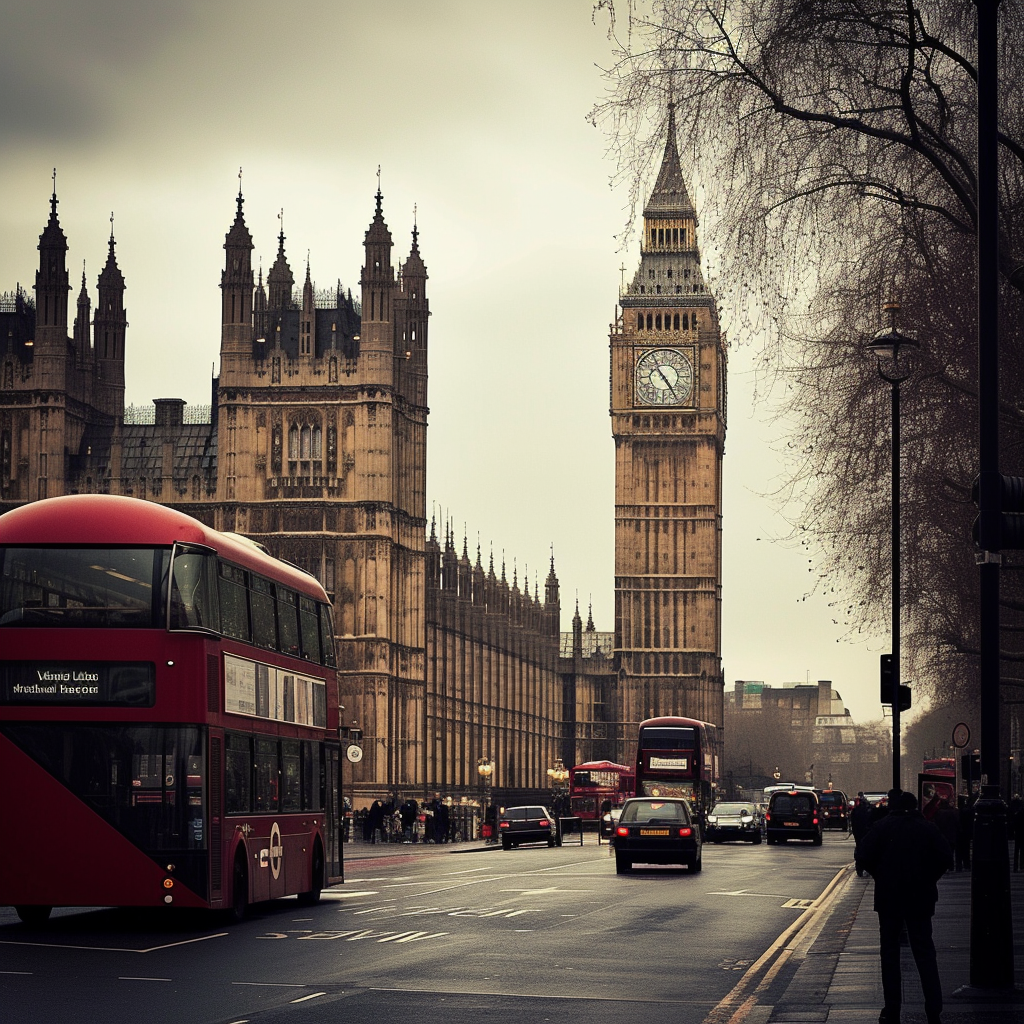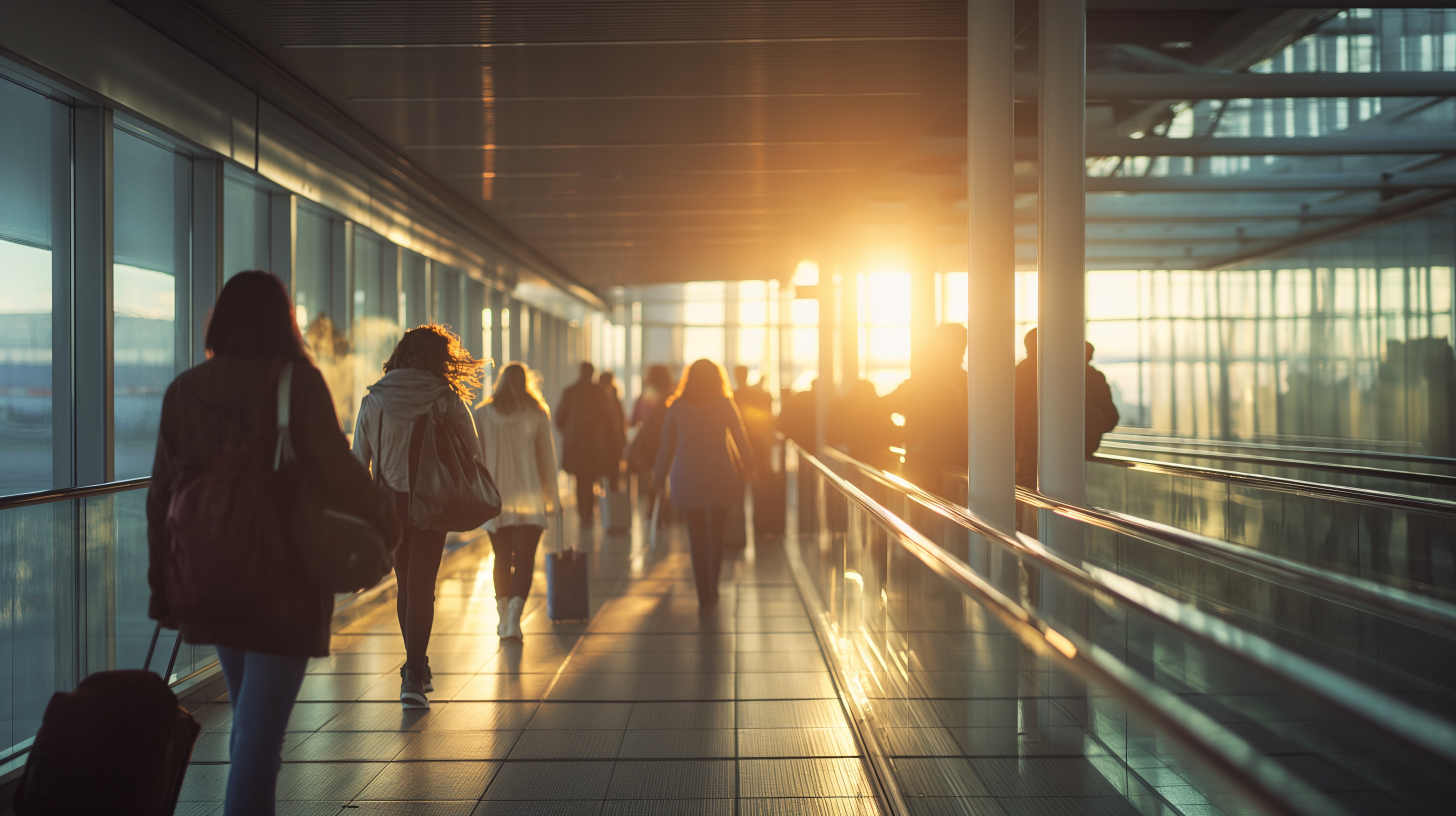Prepare for a surge in travelers this Fourth of July, with an estimated 70.9 million people hitting the roads and skies.
“With summer vacations in full swing and the flexibility of remote work, more Americans are taking extended trips around Independence Day,” said Paula Twidale, senior vice president of AAA Travel. “We anticipate this July 4 week will be the busiest ever, with an additional 5.7 million people traveling compared to 2019.”
Whether by air or road, travel numbers are reaching historic highs. Approximately 5.74 million people will fly to their destinations, marking a 7% increase from 2023. This uptick is partly due to slightly cheaper domestic airfare this year.
A notable 60.6 million people will travel by car, an increase of 2.8 million from last year. Hertz, a AAA partner, reports the highest rental car demand in cities like Dallas, Los Angeles, Denver, and San Francisco.

Top Fourth of July Travel Destinations
Popular Domestic Destinations:
- Seattle
- Orlando, Florida
- Anchorage, Alaska
- Honolulu
- Miami

Popular International Destinations:
- Vancouver, British Columbia
- London
- Rome
- Dublin
- Paris
Best and Worst Times to Drive During Fourth of July Week
Optimal Driving Times: To avoid heavy traffic, depart before noon on July 3 and 4. For the return trip, leave before 11 a.m. on July 7 and after 7 p.m. on July 8.
Peak Traffic Times:
- July 3 and 4: Avoid driving between 2 p.m. and 7 p.m.
- July 5: Worst traffic expected between 11 a.m. and 4 p.m.
- July 6: Avoid roads between 10:30 a.m. and 2:30 p.m.
- July 7: Steer clear of travel between 2 p.m. and 8 p.m.
Major US Cities: Peak Congestion Times and Routes
Atlanta:
- Route: Birmingham to Atlanta via I-20 E
- Worst Day: July 7
- Worst Time: 6:30 p.m.
- Estimated Travel Time: 3 hours, 36 minutes (42% increase)
Boston:
- Route: Boston to Hyannis via Pilgrim Hwy S
- Worst Day: July 4
- Worst Time: 1:45 p.m.
- Estimated Travel Time: 1 hour, 51 minutes (31% increase)
Denver:
- Route: Fort Collins to Denver via I-25 S
- Worst Day: July 8
- Worst Time: 2:45 p.m.
- Estimated Travel Time: 1 hour, 37 minutes (56% increase)
Houston:
- Route: San Antonio to Houston via I-10 E
- Worst Day: July 6
- Worst Time: 1:30 p.m.
- Estimated Travel Time: 3 hours, 48 minutes (41% increase)
Los Angeles:
- Route: Bakersfield to Los Angeles via I-5 S
- Worst Day: July 8
- Worst Time: 2:15 p.m.
- Estimated Travel Time: 1 hour, 47 minutes (29% increase)
New York:
- Route: Jersey Shore to New York via Garden State Pkwy N
- Worst Day: July 7
- Worst Time: 2:15 p.m.
- Estimated Travel Time: 1 hour, 25 minutes (40% increase)
San Francisco:
- Route: San Francisco to Monterey via Santa Cruz Hwy S
- Worst Day: July 2
- Worst Time: 5:45 p.m.
- Estimated Travel Time: 2 hours, 31 minutes (19% increase)
Seattle:
- Route: Ellensburg to Seattle via I-90 E
- Worst Day: July 7
- Worst Time: 4:30 p.m.
- Estimated Travel Time: 2 hours, 19 minutes (35% increase)
Washington, D.C.:
- Route: Baltimore to Washington via Balt/Wash Pkwy S
- Worst Day: July 8
- Worst Time: 3:15 p.m.
- Estimated Travel Time: 1 hour, 1 minute (67% increase)
Travel Tips
Monitor 511 services, local news, and traffic apps for real-time road conditions to ensure a smoother journey. Safe travels!




